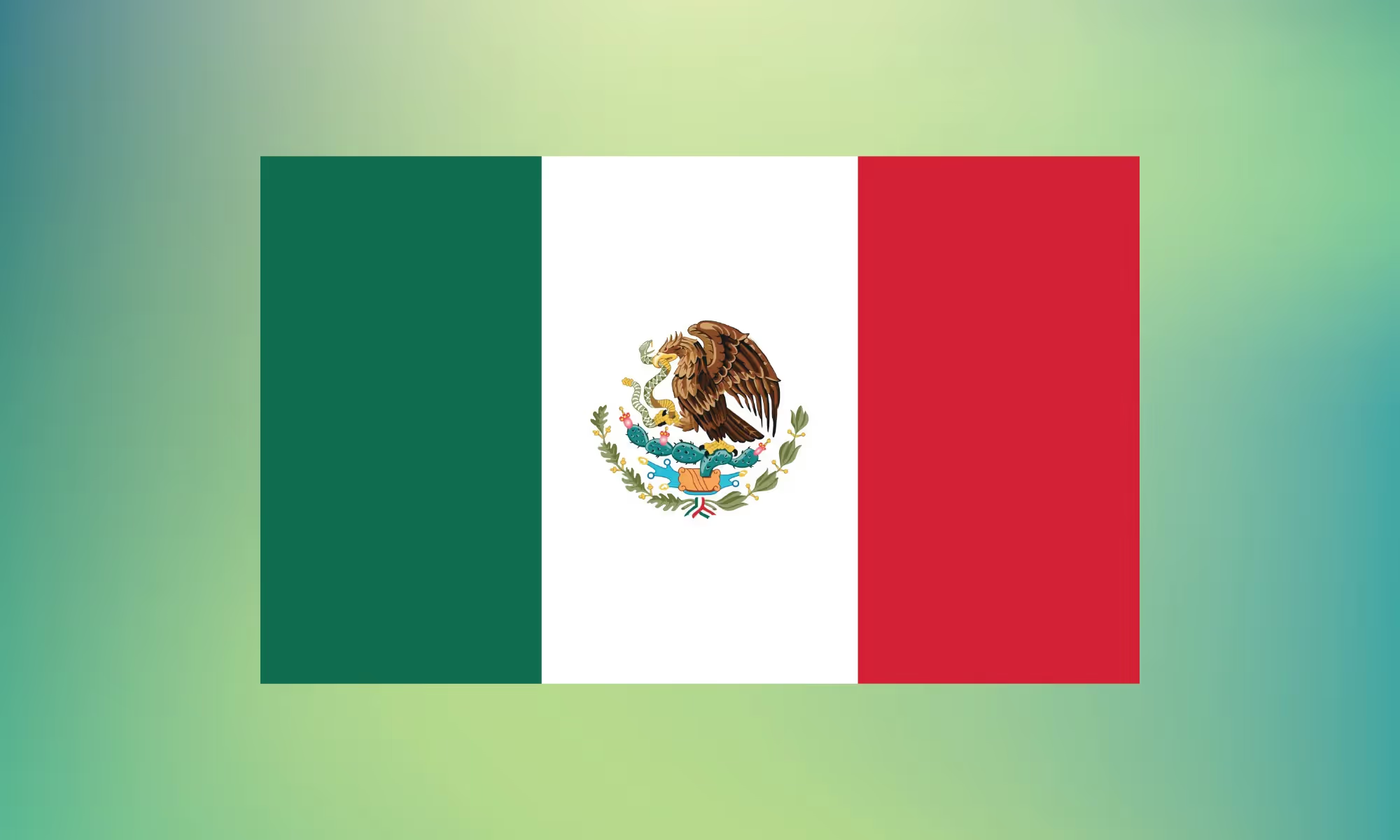Indirect taxes are taxes levied on goods and services that are consumed or sold. They significantly impact our daily lives and the overall economy as these “indirect taxes” are hidden in the price of almost everything we purchase. These taxes make up a significant portion of most countries’ tax revenue. Indirect taxes are inherently different from direct taxes, another category of taxes commonly that are typically levied on income or profits.
How are indirect taxes different from direct taxes?
Direct taxes, as implied by the term, are paid directly to the government by the taxpayers themselves as direct taxes are directly levied on income or profits. On the other hand, indirect taxes are paid to the government indirectly through a business that is performing a sale of goods or services, as indirect taxes are levied on sales transactions.It is also worthwhile to note that indirect taxes are usually applied uniformly to the price of goods and services, regardless of the income level of the consumer. This means that sometimes taxpayer with a higher income will end up paying the same indirect tax as a taxpayer with a lower income, which is why they are considered regressive taxes, while direct taxes are considered progressive as it directly depends on the income or wealth of the taxpayer. Examples of direct and indirect taxes.
- Common examples of direct taxes include Income Tax, Corporate Tax, Property Tax, Withholding Tax, Carbon Tax and many others. Direct taxes, especially corporate income tax are often debated in the media or discussed in politics, even if it typically makes up a small portion of tax revenue in an international tax context.
- Most prominent examples of indirect taxes include VAT, GST and Sales tax. Other examples include excise duty, customs duty, and import duties.
In this article, we will further discuss in detail VAT, GST and Sales tax.
Understanding VAT, GST, and Sales Tax: how do they work, and how do they differ?
The most commonly used indirect tax systems across the globe are Value Added Tax (VAT), Goods and Services Tax (GST), and Sales Tax. We will go through each of these in detail.
- Value-Added Tax (VAT): Value-added tax (VAT) is a consumption tax applied to goods and services at each stage of their production and distribution, i.e. from the initial production stage to the final point of sale. VAT is very similar to GST in its function and operation.
- Goods and Services Tax (GST): Goods and Services Tax (GST) is an umbrella term for consumption tax systems. Sometimes levied on the supply of goods and services at each stage of production and distribution, sometimes deviating from that principle. It is also called Consumption Tax in certain countries.
- Sales Tax: Sales tax is a single-stage consumption tax imposed on the sale of goods and services at the final point of sale to the end consumer. Sales tax is generally charged once at the retail level; this is why it's sometimes referred to as retail sales tax.
- Excise duty, customs duty, and import duties: These taxes are typically imposed on goods by the tax authorities.
How VAT, GST and Sales Tax are Similar
VAT and GST are all types of consumption taxes that are levied on the purchase of goods and services. The primary similarity between these taxes is that they are all levied on the final consumer of the product or service.
VAT and most countries' GST rules have an input credit mechanism, which allows businesses to claim the credit for the taxes they have paid on their purchases of goods or services. This credit can be offset against the VAT payable or GST payable on their sales. This input credit mechanism helps to avoid double taxation and improves working capital for businesses.
Here is an illustration that explains VAT and GST systems:
- Business X buys a service from Business Y for $550 (inclusive of 10% VAT) Business X further enhances the service and thereafter sells it to a consumer Z for $ 660 (inclusive of 10% VAT. Consumer Z ends up paying $60 as VAT which was inclusive in the price charged by Business X for the service rendered. Business X collected $ 60 VAT on sales made to consumer Z and needs to remit that to the tax authorities. But, Business X also paid $ 50 as VAT on the purchase made from Business X.
In this case, Business X can claim the $ 50 VAT paid on his purchase and offset VAT liability of $ 60, thus effectively remitting $ 10. Business X can claim the input credit of VAT paid on the purchase as this was not for his personal consumption. This mechanism is referred to as the Input credit mechanism.
Conclusion: The total amount
- The conclusion is that the total amount of VAT (10% in the example) going to the government is 60. And the collection and remittance is distributed across the sellers in the supply chain.
- In GST, the mechanism is similar to VAT in most of the countries; however, the tax is referred to as Goods and Services Tax. Similar to the above example, businesses can claim the input credit of GST paid on their purchases and offset it against the GST payable on their sales.
- In Sales tax, the mechanism is different from VAT/ GST as the businesses do not have the option to claim input tax credit. So typically, businesses factor in the sales tax paid on their purchases as part of the cost of goods sold.
Key Differences Between VAT/GST System and Sales Tax
👉 Get deeper insights on GST in this article What is GST, and which countries have it?
Now that we have understood the mechanism of VAT, GST and Sales tax, we will give you an idea of which countries across the world have implemented them.
Which countries have implemented a VAT/ GST/ Sales tax system?
Several countries worldwide have implemented a VAT or GST system as an effective means of indirect taxation. With the pioneer being France, nearly 174 countries have adopted them.
- The European Union (EU) countries adopted the VAT system, now the primary form of indirect taxation in all EU member countries.
- Countries beyond the European Union that have adopted VAT include China, Indonesia, Argentina, Switzerland, the United Kingdom, Oman, Peru, South Africa, Turkey, Vietnam, Chile, and numerous others. In Japan, the VAT system is called the Japanese consumption tax (JCT).
- In the United States, indirect taxes are imposed on different jurisdictional levels wherein each state has the authority to set its Sales and Use tax. This ends up with more than 12 thousand sales tax jurisdictions including state, county, city district differences.
- New Zealand being the pioneer in adopting GST, has influenced the GST design of many other countries. Recently, several countries, such as Canada, Australia, India, Singapore, and the Maldives, have implemented the VAT/GST system according to this practise.While several countries have implemented a VAT/ GST system, it is essential to note that the regulations and procedures can differ from country to country significantly.
At Fonoa, we manage nearly 140 countries' global sales tax, VAT, and GST obligations through our API. We are closely monitoring the significant trends in indirect taxes and have a product suite to cater to the increasing digitization in this field. Let us take you through some of the recent trends in indirect taxes.
What are the recent trends in indirect taxes?
Recently, significant advancements in indirect taxation have been enormously driven by technology. Governments across the globe are turning to digital solutions to manage their indirect tax compliance.
- Digital tax administration: Several countries have adopted a fully digital tax administration system, which includes online tax registration, e-filing, and e-payment. This trend aims to reduce administrative burdens, increase compliance, and enhance transparency. Examples of such countries include the EU member states that implemented the e-commerce VAT package and One-Stop-Shop (OSS) in July 2021. The e-commerce VAT package aims to level the playing field for businesses and improve VAT collection for cross-border e-commerce transactions. The OSS simplifies VAT compliance for businesses by allowing them to declare and pay VAT on their cross-border sales of goods and services within the EU in a single Member State. This trend is expected to continue, with more countries joining in.
- E-invoicing: Several countries have mandated electronic invoicing (e-invoicing) systems to simplify and streamline the invoicing process, as well as to reduce fraud and improve tax compliance.
- Real-time reporting: Real-time reporting enables businesses to report their tax transactions to the tax authorities in real time, which helps in increasing transparency and reducing the chances of non-compliance.
- Increased use of automation: Both tax authorities and businesses increasingly use automated tools for tax compliance and reporting. Tax authorities are increasingly resorting to faceless assessment proceedings, electronic record storage and digital returns processing. Likewise, businesses use automation to reduce errors and improve the efficiency of tax systems.
👉Learn more about e-invoicing across the globe in What is e-invoicing?
What is indirect tax compliance and its significance?
Indirect tax compliance refers to adhering to the rules and regulations outlined in accordance with the tax laws and tax policies for collecting and paying indirect taxes. It is crucial to stay on top of indirect tax compliance to ensure the stability of the business.
Non-compliance has an adverse impact on business operations, working capital management and overall reputation. Tax authorities use advanced technology to track compliance, and penalties, fines and even prosecution can result from non-compliance.
We at Fonoa seamlessly manage the indirect tax compliance of leading companies through our APIs.
👉Learn more about indirect tax compliance in this VAT compliance article.
How can Fonoa help?
Fonoa offers a full suite of products to automate indirect tax compliance:
- Tax ID validation: Fonoa’s leading tax ID validation solution lets you check tax IDs directly with government databases in over 100 countries.
- Tax engine: Fonoa’s tax engine is built for flexibility, with the scale and performance requirements of modern-day companies as the baseline. It automatically determines the correct VAT/ GST treatment for sales transactions in over 140 countries. With minimal necessary transaction data input, Fonoa’s tax engine instantly determines if the transaction is taxable and the applicable VAT rate/ GST rate. Easy to integrate with and built for high performance.
- Invoicing: Fonoa generates fully tax-compliant invoices in 100+ countries in over 50 different languages.
- E-invoicing and digital reporting: Fonoa gives you access to all e-invoicing and digital reporting jurisdictions through a single solution (API). Stay updated on regulatory changes and automatically communicate transactional data to governments according to local regulations
- VAT returns: Our team has developed a VAT/GST returns tool focused on collaboration, streamlining your process globally, and automating the actual tax compliance work and process.
The best part is that you can pick and choose which solution you need, in the countries you need them, for the transactions you want to cover.
Talk to us directly or follow Fonoa on LinkedIn to stay informed.
















